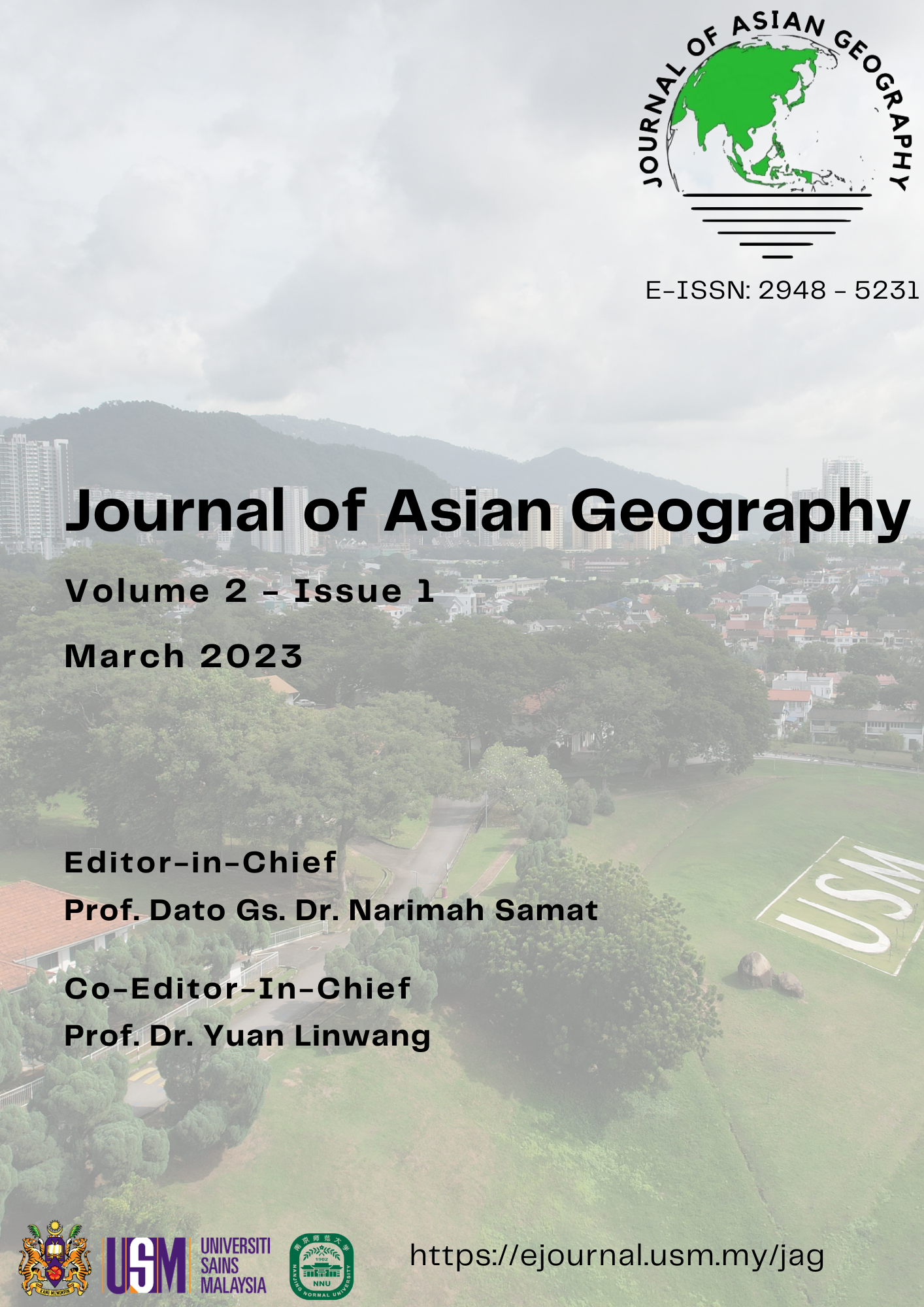Spatial Interaction Model and Characteristic Measure Based on Master Equation: Case Studies with Beijing-Tianjin-Hebei Population Flow
Abstract
and visual analysis capability in the existing master equation approach to spatial interaction models. provides a quantitative description of regional interaction strength. Taking the Beijing-Tianjin-Hebei region as an example, the master equation-based spatial interaction model is verified to have the ability to explore the spatial development pattern of cities, reveal the dynamic development mechanism and influencing factors of cities, and explore more realistic urban development trends through population flow data. The results show that: (1) the spatial interaction network of cities in the Beijing-Tianjin-Hebei region shows an integrated development network pattern with Beijing as the core of the radial network, supplemented by the network of small central cities, and the imbalance of inter-city development is still a problem for the realization of synergistic development in the Beijing-Tianjin-Hebei region. The imbalance of intercity development is still a problem for the Beijing-Tianjin-Hebei region to achieve synergistic development. (2) Compared with the classical gravity model, the main equation spatial interaction model simulates the intensity of the urban system from the perspective of openness and randomness, and shows a better performance in the details of the network structure, showing a "core with many small canters" of the circle development trend.
Downloads
Published
Issue
Section
License
Copyright (c) 2023 Journal of Asian Geography

This work is licensed under a Creative Commons Attribution 4.0 International License.


